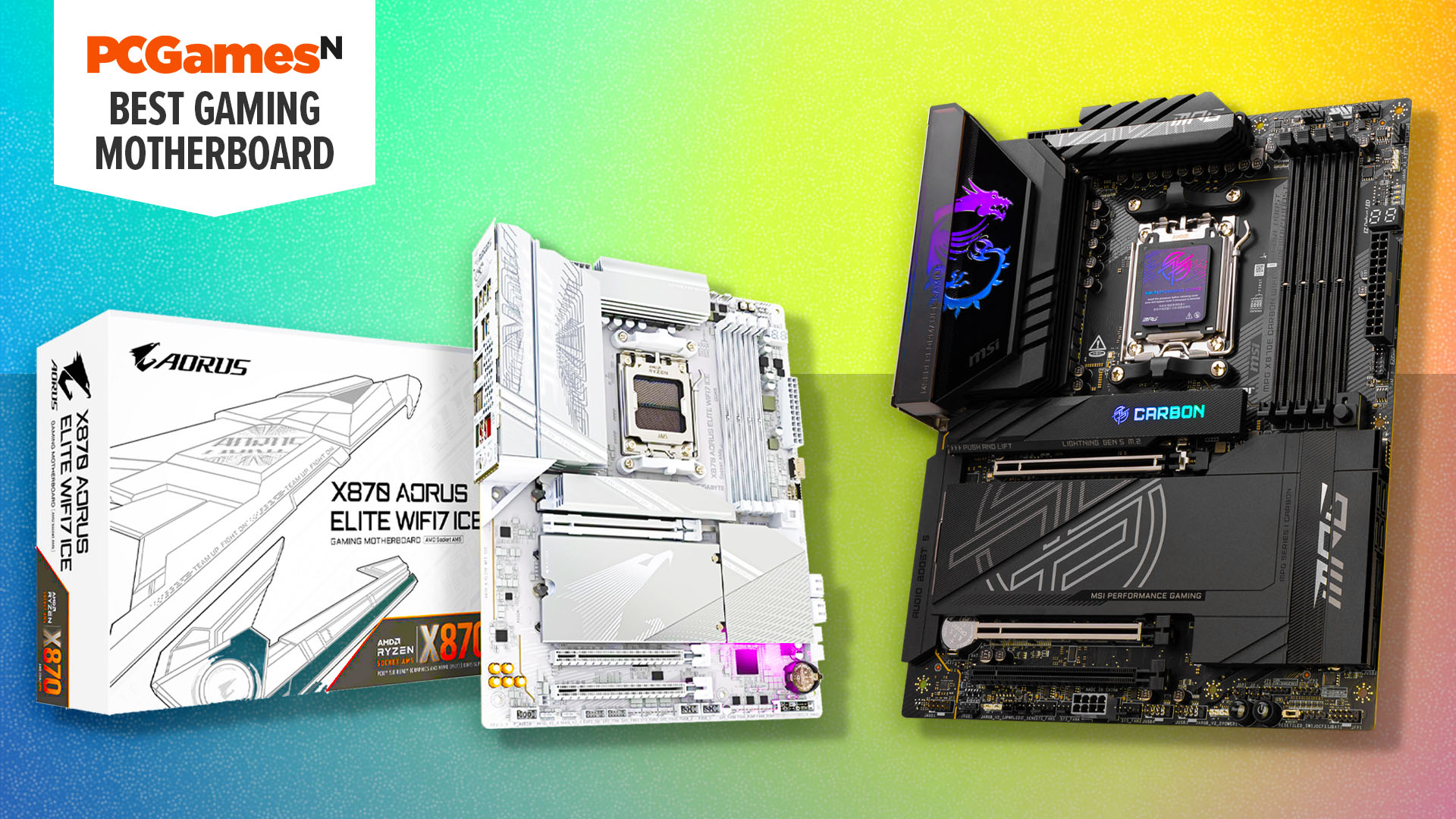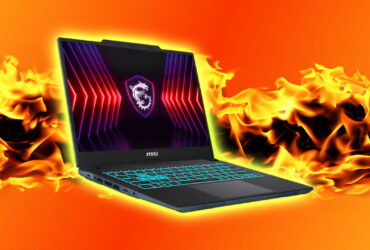
Finding the best gaming motherboard isn’t always straightforward, as your choices very much depend on the exact CPU you want to install. Not only will AMD chipsets not work with Intel CPUs, but the newer Ryzen 9000 and 7000-series chips also won’t work in older motherboards that support the Ryzen 5000 range. Likewise, you can’t put a new Intel Core Ultra CPU into an old LGA1700 motherboard. As the central component of your gaming PC, it’s important to nail this choice.
Once you’ve established which socket you need to work with the best gaming CPU for your needs, there’s an exhaustive list of other considerations. Do you plan to overlock your CPU? How many USB ports do you need? Do you plan to install the best gaming SSD you can afford? What type of gaming RAM does your board support? Will it even fit in your PC case?
Don’t worry, though, that’s why we’re here. In this guide, we’ll take you through the best motherboard options to suit your chosen CPU at a range of prices, from tiny mini-ITX boards to full-size ATX models. With our in-house testing and many years of PC gaming and building under our belt, we’ll help you find the best motherboard for gaming.
Why you can trust our advice ✔ At PCGamesN, our experts spend hours testing hardware and reviewing games and VPNs. We share honest, unbiased opinions to help you buy the best. Find out how we test.
Best gaming motherboards 2024:
How to choose the best gaming motherboard
Picking the perfect motherboard for your rig can feel like walking a tightrope, with all the I/O you want on one side and cost on the other. However, with a little critical thinking, and planning out your build around your board, the process can be rather painless.
After all, unless you are an overclocking pro, it all comes down to good quality, a form factor that works for your case or preference, and a healthy handful of ports. Performance between motherboards is negligible at this point – everything that used to make a difference to PC performance has long since been shifted aboard the CPU itself.
The motherboard is the vessel for all your other, frankly, more interesting components that make your gaming PC tick. It’s an important part of the puzzle, but one that needn’t keep you up at night.
If you have any other questions, check out the FAQs below:
Is it bad to have a cheap motherboard?
Not necessarily, but it depends how cheap you’re planning to go. There are certainly cheaper options out there, and our budget recommendation is the MSI Pro B660M-A, but going too low runs its risks. The motherboard houses every single aspect of your gaming PC, so you’re going to want to get it right – a poorly made motherboard that goes wrong could be catastrophic.
How does a motherboard work?
The motherboard is kind of like your PC’s nervous system. It’s filled with traces, which is the name of little pathways that allow data to be shared between your CPU, RAM, GPU, and every other component of your PC.
When you turn on your PC, it’s the motherboard that gets everything up and running. It’s also the component that enables you to configure your settings. Needless to say, you’re going to want to make the right choice when choosing a motherboard.
How long does a motherboard last?
This will vary enormously from motherboard to motherboard, however, generally speaking, any motherboard should last for a bare minimum of five years, and even if it stopped working then, it would be considered an early demise. Get yourself a decent one (and look after it) and it’ll easily last you through a decade, if not much longer.
How to know if a motherboard needs to be replaced
If your motherboard is coming towards the end of its life, there are several warning signs to look out for, including:
- Diagnostic tests: Most PCs have the ability to diagnose the cause of problems, and if you run a diagnostic test it may be able to tell you that there is a problem with the motherboard.
- Unexpected crashes: Is your PC crashing often with no explanation? Your motherboard may be at fault.
- Your PC won’t turn on: It won’t necessarily be the motherboard that’s the problem, but the component that boots the system up, it could well be the issue.
- Burning smells: If your PC has overheated, the motherboard could be burnt or partially melted and a burning smell while running it is a sign that your motherboard could be damaged.
- Beeping sounds: Some motherboards are set to emit beeping sounds if they are not working properly. If you’re hearing an unexplained beeping, there’s a pretty big chance your motherboard needs repairing or replacing
This list is not exhaustive, and any one of these problems could also be caused by different things, but these certainly offer clues that your motherboard might be in need of replacement.











Leave a Reply